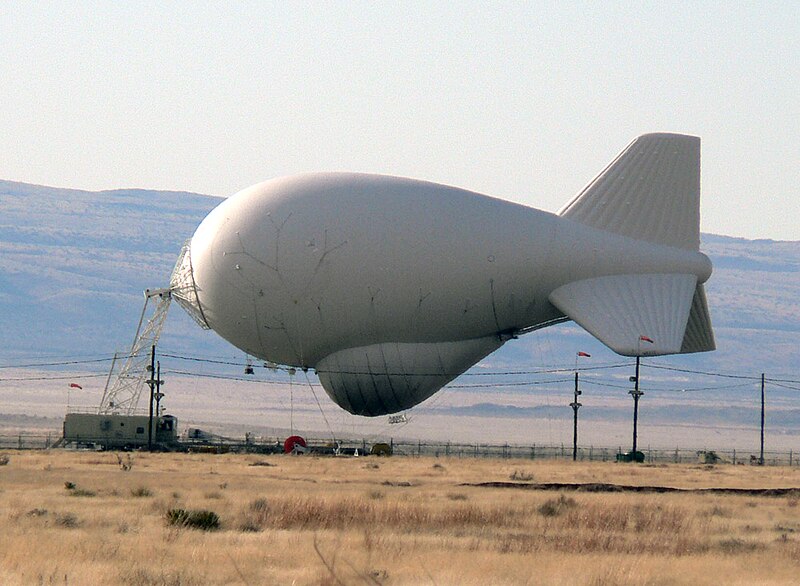WASHINGTON, Oct 30, 2014 – The State Department has made a determination approving a possible Foreign Military Sale to Pakistan for GRC43M Cutters and associated equipment, parts, training and logistical support for an estimated cost of $350 million. The Defense Security Cooperation Agency delivered the required certification notifying Congress of this possible sale today.
The Government of Pakistan has requested the purchase of 8 43-meter Global Response Cutters (GRC43M). Each Cutter will be a mono-hull design made of Glass Reinforced Plastic (GRP). Also included in this sale: outfitted 8 25mm or 30mm Naval Gun Systems, 32 M2-HB .50 caliber machine guns, 32 7.62mm guns, 8 8- meter Rigid Inflatable Boats, ballistic/armor protection of critical spaces, command and control equipment, communication equipment, navigation equipment, support equipment, spare and repair parts, tools and test equipment, technical data and publications, personnel training, U.S. government and contractor engineering, technical, and logistics support services, and other related elements of logistics and program support. The total estimated cost is $350 million.

.jpg)
_Phalanx_CIWS.jpg/800px-JS_Makinami_(DD-112)_Phalanx_CIWS.jpg)














.jpg)








